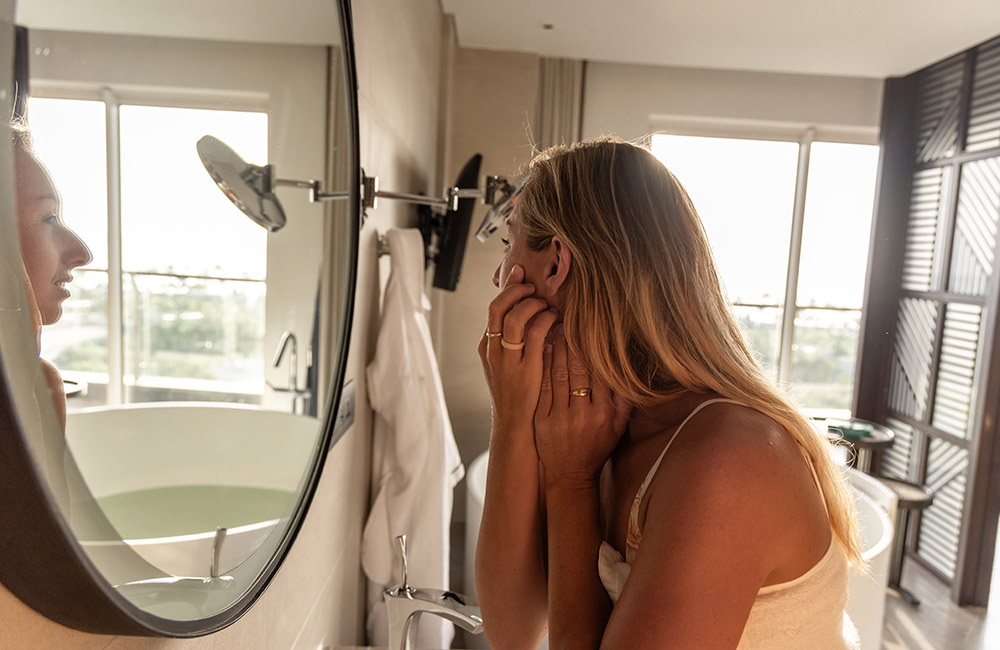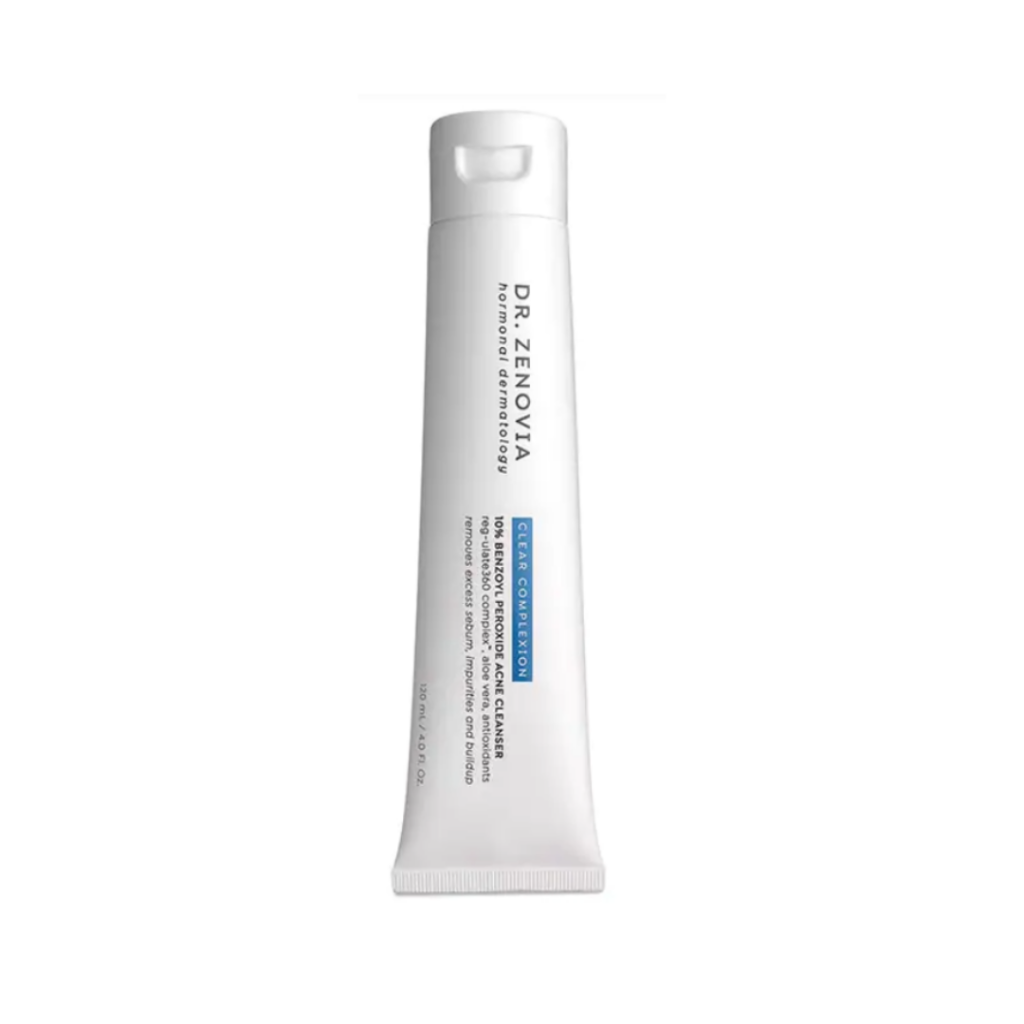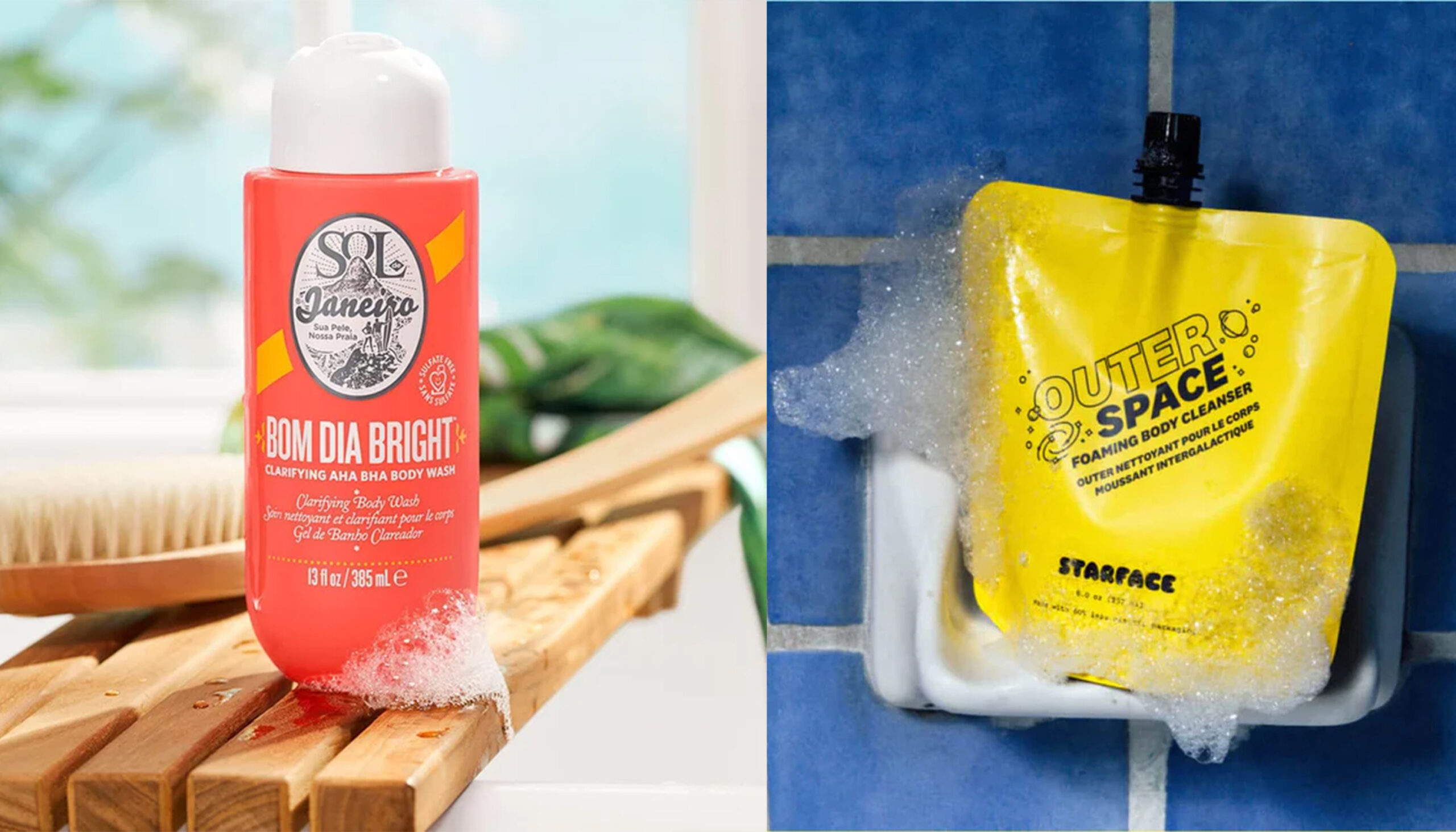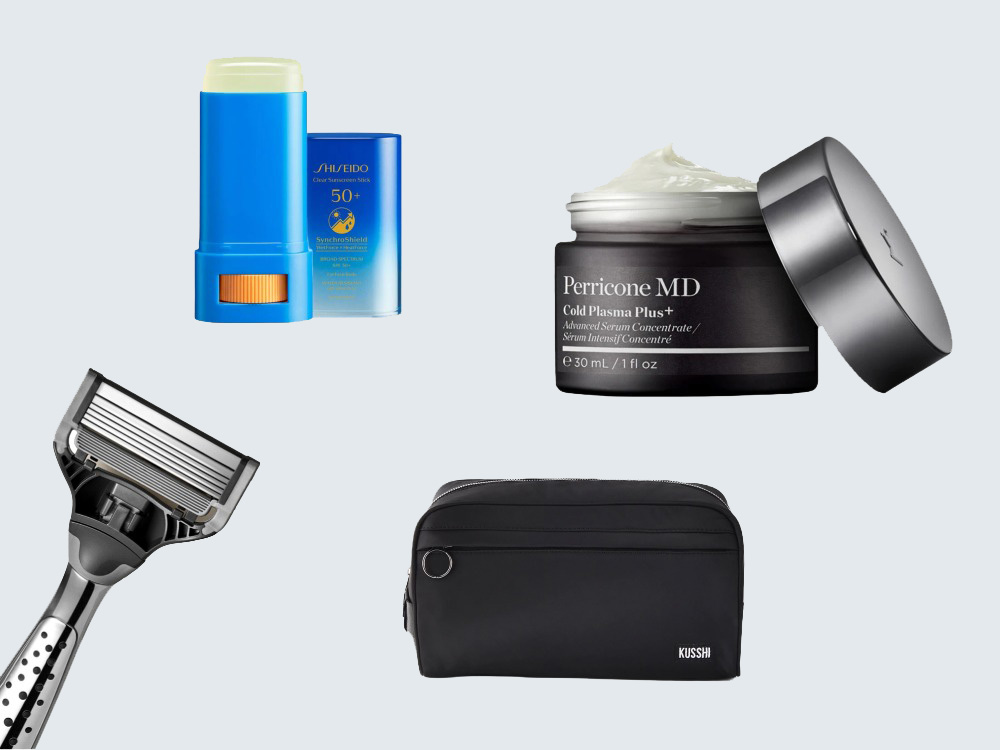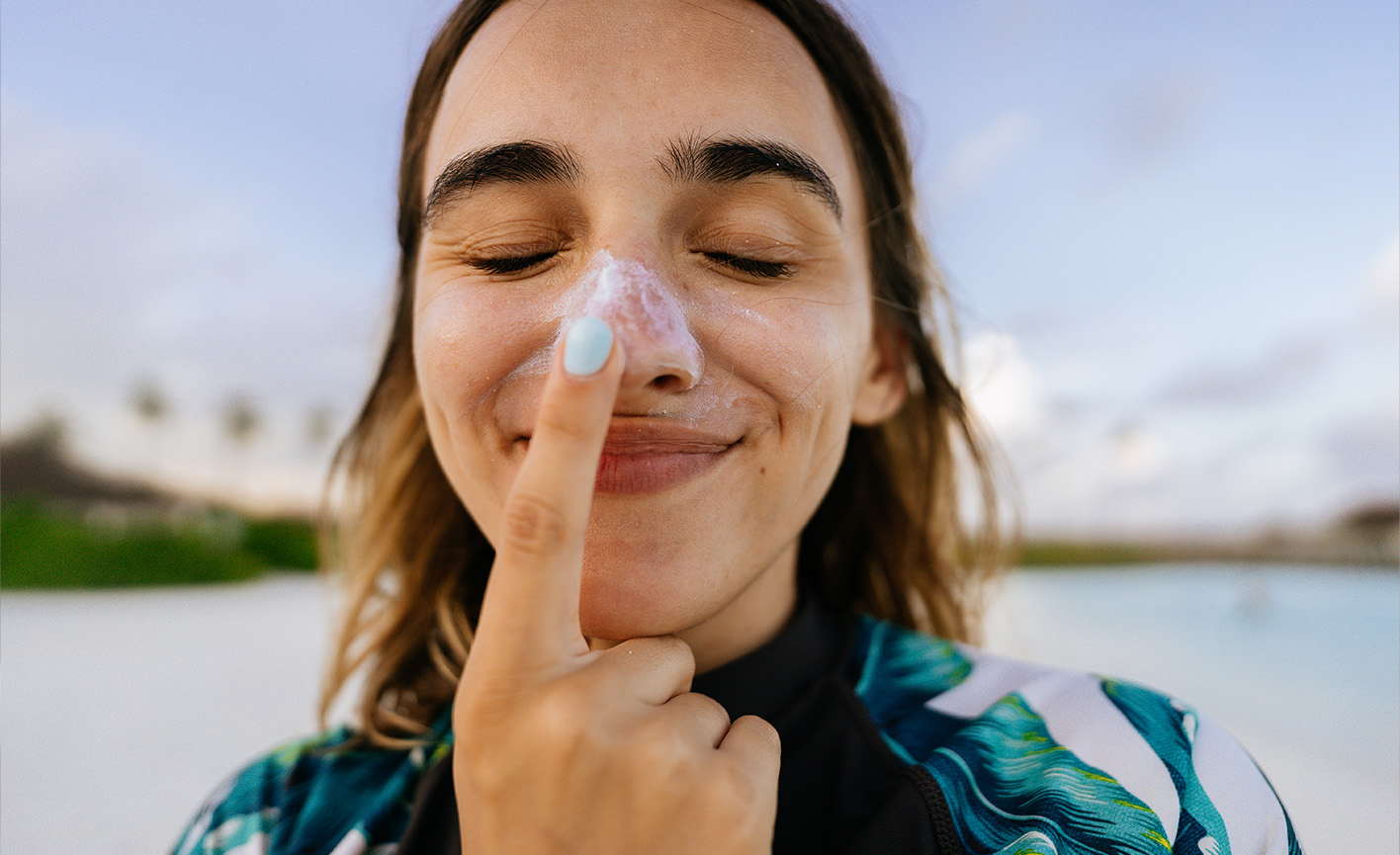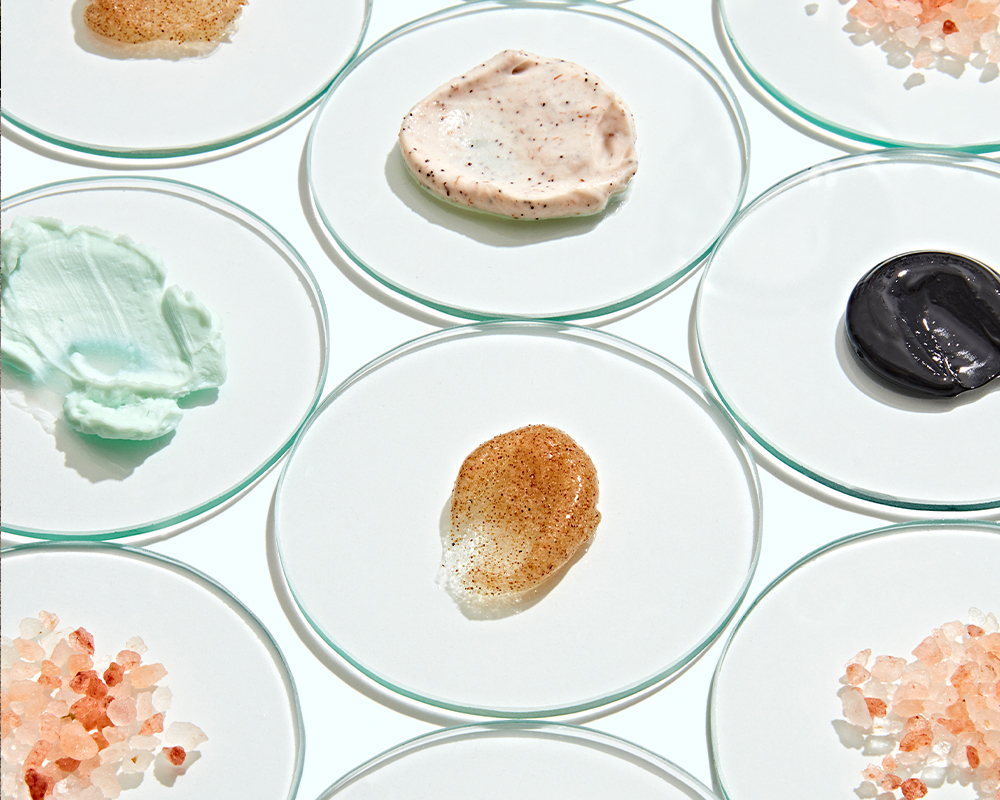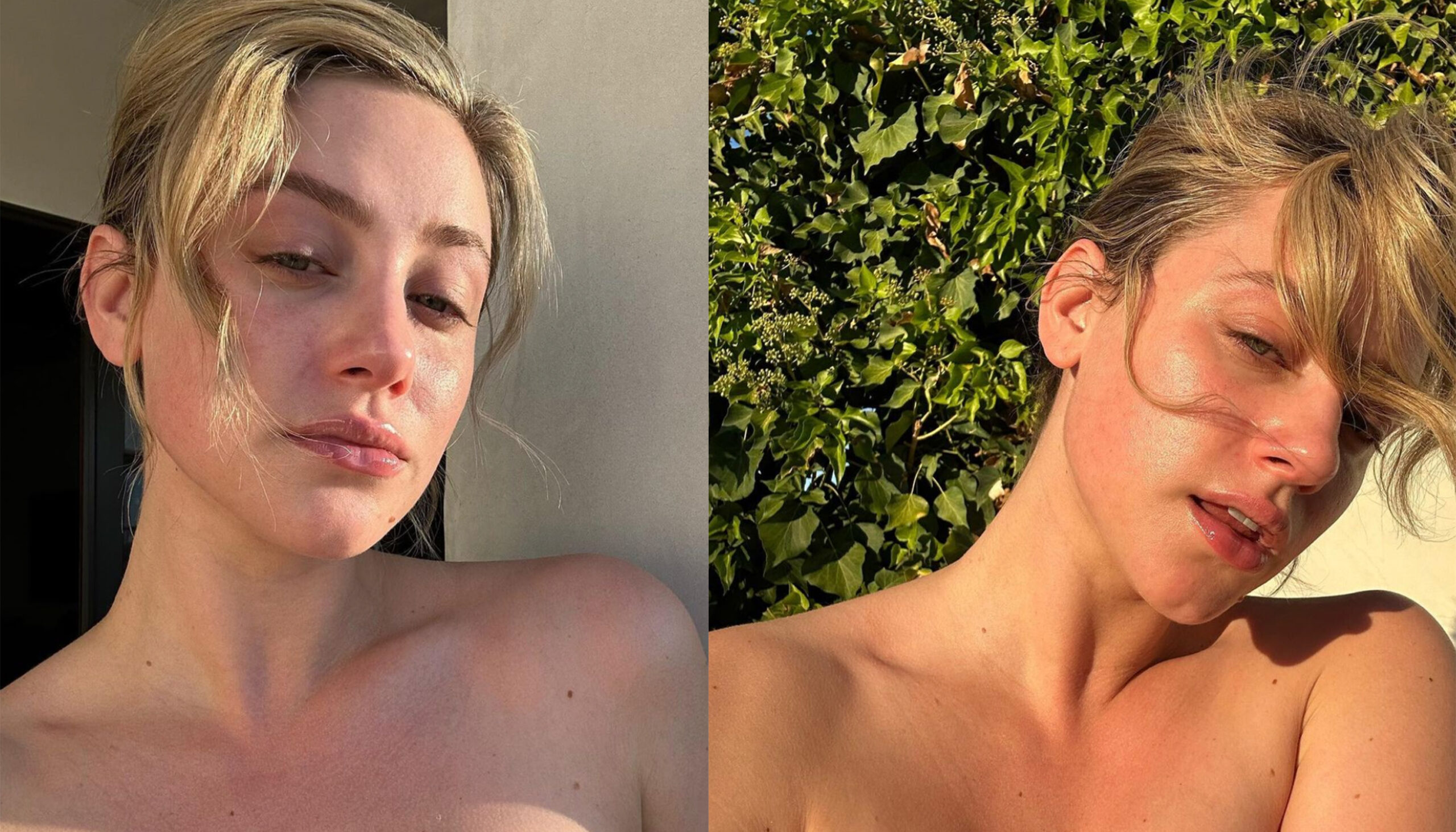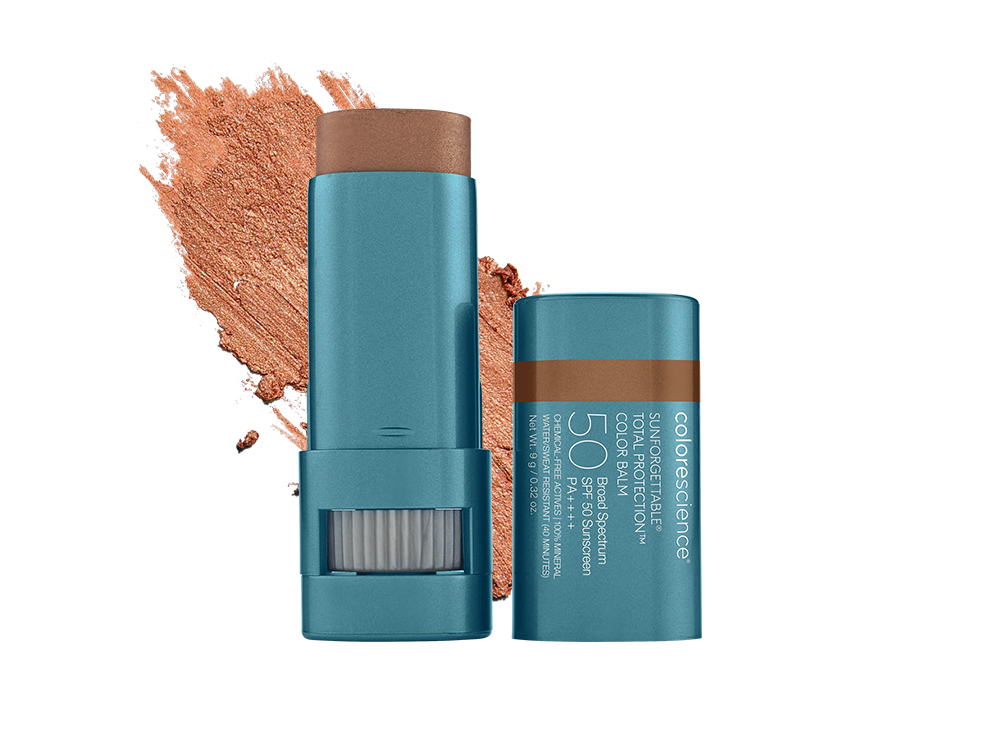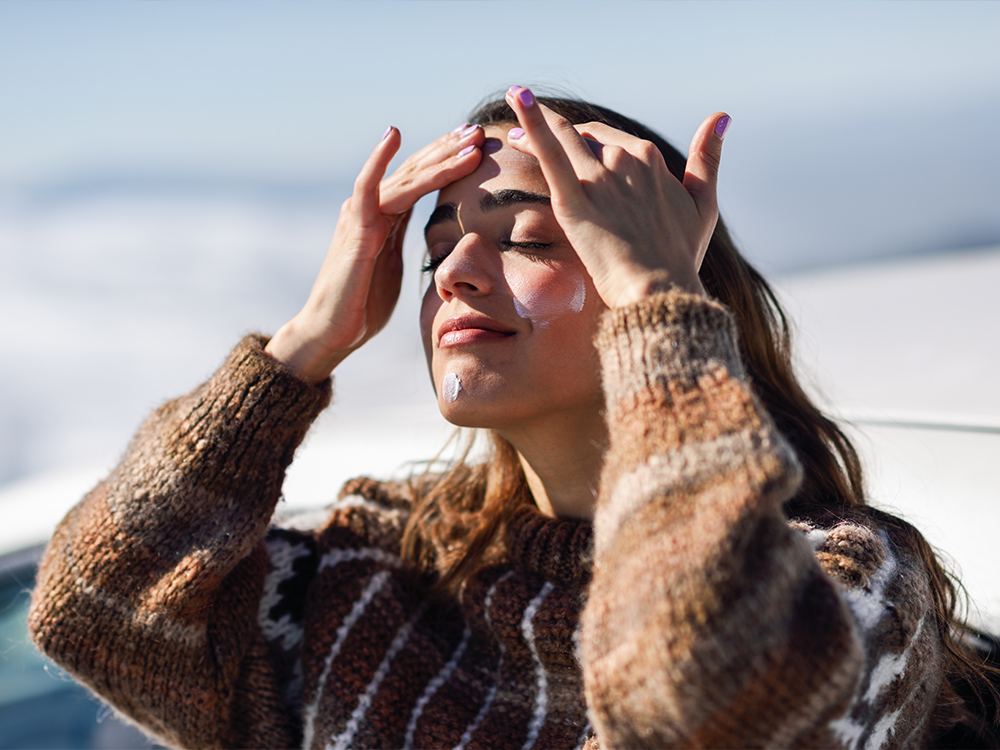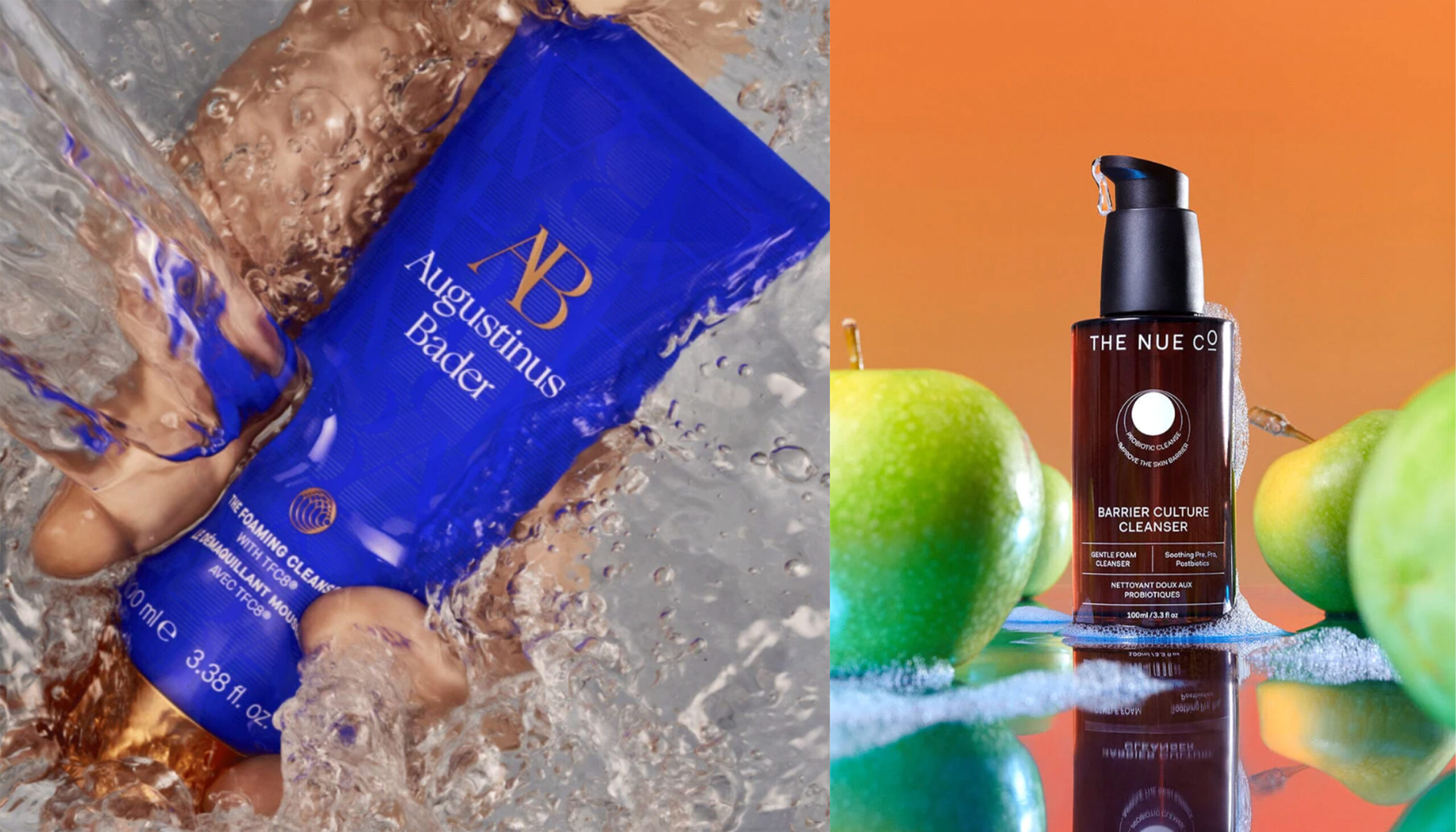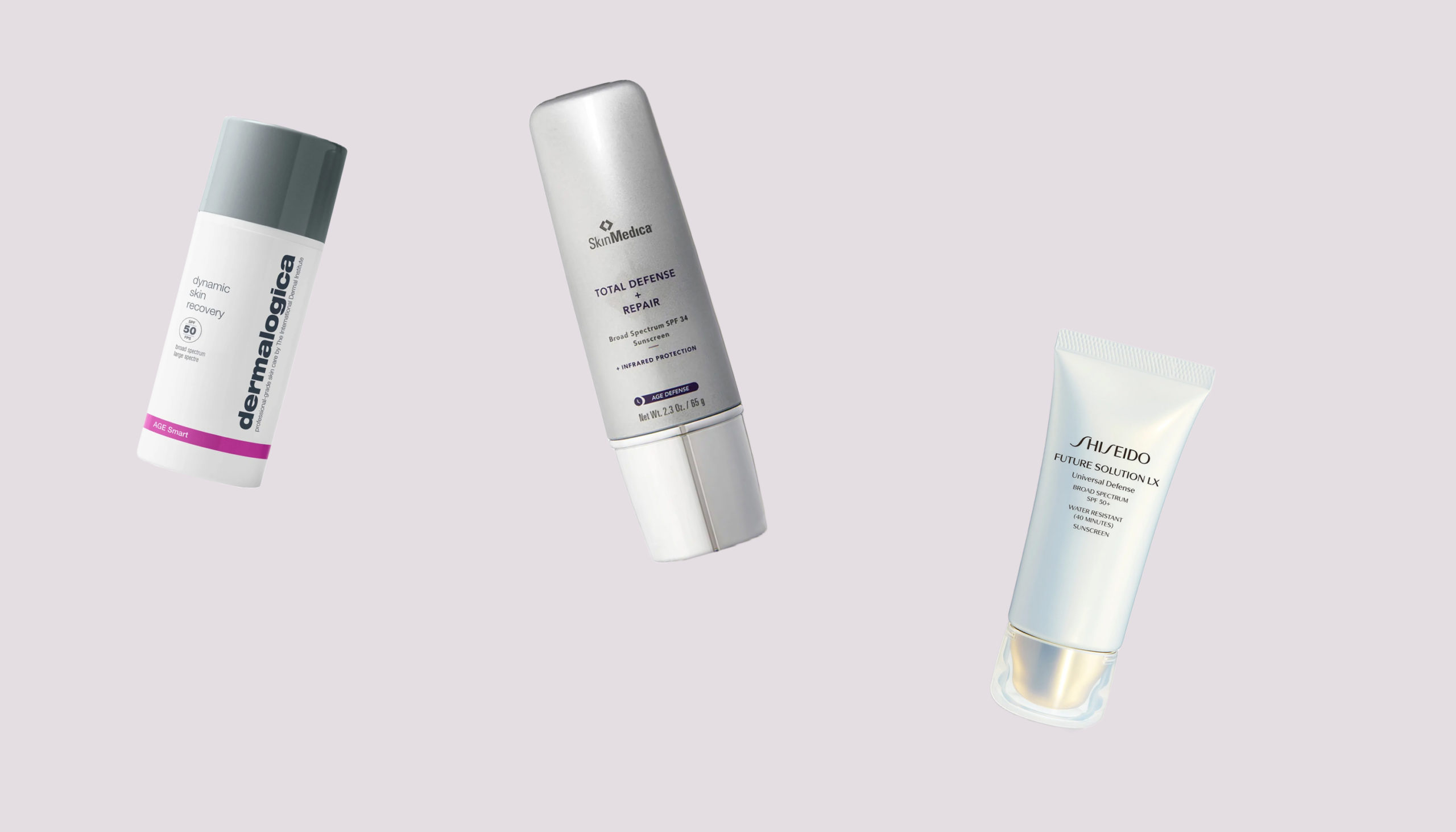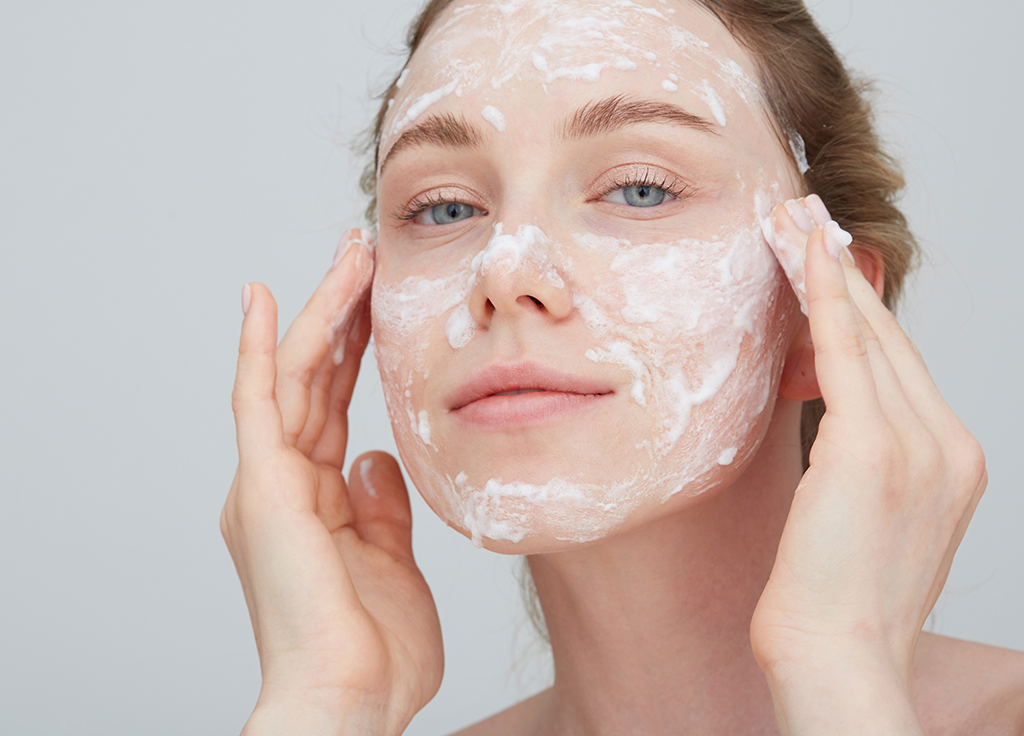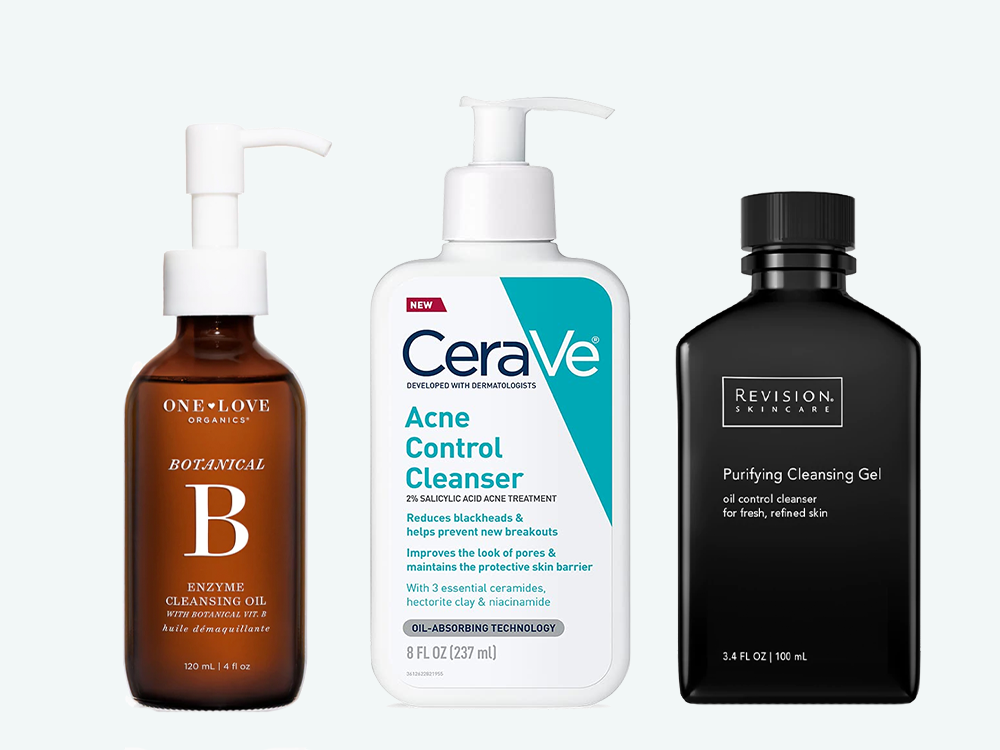You may have first encountered this kind of acne when you were actually in school, but hormonal acne (also called adult acne) can follow you long after you’ve graduated to adulthood. Understanding exactly how our hormones contribute to these deep, painful cysts can help you finally get a grip on acne that never seems to stay away.
With guidance from expert dermatologists, this is your cheat sheet for life’s ongoing hormonal acne test.
Intro to Hormonal Acne:
It’s in the name, so you’d imagine that hormonal acne has something to do with your hormones, and you’d be right.
Omaha, NE dermatologist Joel Schlessinger, MD explains that those pesky hormones are actually tied to how much oil our skin produces. “Hormonal acne is another term for adult acne that is primarily caused by changes in your body’s reproductive hormones, which includes estrogen, progesterone and testosterone, among others,” Dr. Schlessinger says. “These hormones influence how much oil your sebaceous glands produce, and fluctuations in these hormones can cause an overproduction of oil. When that mixes with dead skin cells, it can clog pores and cause acne. Testosterone, also known as an androgen, triggers the release of sebum while estrogen inhibits it.”
These hormonal fluctuations start for most of us during puberty, but continue well into adulthood, especially in women.
“Hormonal changes that might trigger hormonal acne can include menstruation, pregnancy, perimenopause and menopause,” Dr. Schlessinger explains. “Since hormonal acne also involves inflammation under the skin, hormonal breakouts are usually more than a pimple here or there—the lesions often present as deep, painful cysts.”
Davie, FL dermatologist Lesley Clark-Loeser, MD explains that though many find hormonal acne to be linked to their menstruation cycle, that isn’t the case for everyone. “For a lot of people hormonal acne happens basically all the time,” Dr. Clark-Loeser explains. “Where every day when you wake up, you’ll never know what you’ll find.”
According to Montclair, NJ dermatologist Jeanine Downie, MD, this kind of acne tends to be isolated to the lower face. “Hormonal acne looks like regular acne, except it’s quite a bit more painful,” Dr. Downie explains. “It’s also isolated to the lower face around the chin and jaw, usually. But really you can have hormonal acne anywhere on your face.”
“Your T-zone is also a place with a lot of oil glands,” Dr. Clark-Loeser agrees. “So that can also be a manifestation of hormonal breakouts.”
Diagnosing Hormonal Acne
Like many skin conditions, it can be very difficult to self-diagnose this kind of breakout.
“It’s very hard to tell what is hormonal acne,” Dr. Downie says. “A lot of people have hormonal acne all over their face, and because it’s normally concentrated to the lower part of the face, they don’t realize that their acne is hormonal.”
There can be some indicators you can look for, though.
“If your breakouts occur in the same spots at about the same time each month, particularly at time of menstruation, they may be hormonal,” Dr. Schlessinger says.
Sudden changes to medications like contraception can also be a potential culprit behind hormonal breakouts, especially if you’re not normally prone to this kind of acne.
“The most common method of contraception to be associated with hormonal acne are IUDs that have a hormone coating,” Dr. Clark-Loeser. “Copper IUDs are less likely to cause these kind of breakouts, but there are also birth control pills that can trigger these breakouts.”
But at the end of the day, a dermatologist can actually give you an answer. “A trip to your board-certified dermatologist (sometimes in conjunction with your OBGYN) is the very best way to determine the source of your breakouts,” Dr. Schlessinger explains. “They can determine the reasons behind your acne and the best course of treatment, while also saving you time and money spent on dead-ends.”
What Triggers Hormonal Acne?
“Hormonal acne does not tend to resolve on its own,” Dr. Downie explains. “They tend to be recurring once a month, often as a result of menstruation. Stress is also a very common trigger in all people.”
Outside of the many different times women may experience hormonal changes through the course of their lives, hormonal acne is also influenced by conditions like Polycystic Ovarian Syndrome (PCOS) and Hormone Replacement Therapies.
In fact, hormonal breakouts can even be influenced by the things we consume.
“We’ve kind of come full circle on how diet impacts our skin,” Dr. Clark-Loeser explains. “From the early 2000s when we were warning people to avoid chocolate and pizza to stop breakouts, to thinking that was kind of nonsense, and then the reality of dairy causing acne flare-ups, often related to the amount of sugar present, became evident. There’s still a need for more objective data that shows the extent of that correlation, but foods triggering inflammatory responses is something those with rosacea have had to contend with for a long time, because they are so reactive.”
Like Dr. Clark-Loeser indicates, dairy is a major focus of those trying to curb triggers for hormonal breakouts.
“Believe it or not, there are hormones in our everyday foods that contribute to the causes of hormonal acne,” Dr. Schlessinger explains. “Drinking milk may seem like a good source of nutrients that your body needs, but it can cause acne and, when you think about it, is not a natural thing to consume. While some believe it’s an allergic reaction, cow’s milk contains natural hormones that cause an overproduction of oil in the skin, leading to clogged pores and acne flare-ups.”
“Soy, for the phyto-estrogen, and nuts, often for the inflammatory responses they can cause, can also be triggers for hormonal acne,” Dr. Downie adds.
Making small switches like swapping skim milk for an estrogen-free plant alternative, like almond or oat milk, may make a big difference in the state of your breakouts.
Treatment Options
If you’re out of puberty and you’re regularly experiencing hormonal breakouts, it’s probably time to see a dermatologist. While there are over the counter products that ease and treat hormonal acne, the root cause will need to be addressed if you want the condition to truly end.
“Prescriptions from your board-certified dermatologist are often the best course of treatment for hormonal acne, as over-the-counter products tend to be somewhat ineffective,” Dr. Schlessinger explains. “Prescription retinoids like topical tretinoin or oral isotretinoin can help increase cell turnover and the shedding of dead skin cells, keeping pores clear and preventing breakouts from happening.”
Your dermatologist may also suggest using medications to regulate your hormones themselves.
“There are also options like spironolactone, an anti-androgen medication that has been used for more than 30 years in the treatment of acne, that helps regulate hormone fluctuations and prevent oil production increases that can lead to hormonally-caused acne,” Dr. Schlessinger says.
New York dermatologist Elaine Kung, MD explains that there are advancements in the treatment of hormonal breakouts as well. Winlevi, “a groundbreaking medication cream,” tackles androgens directly. “It is a medication cream that has been shown in clinical studies to reduce oil production,” Dr. Kung says. “Before Winlevi, I would prescribe oral medications like birth control pills or spironolactone for women and Accutane to effect a noticeable change in someone’s oil production. It is the first unique chemical ingredient in many years that can treat inflammatory and clogged-pore acne. Acne improvement can be seen as early as four weeks of use and greater improvements in skin quality can be seen after 12 weeks. It can also be paired with other skin-care ingredients like retinoids.”
Extra Credit Tips
There are a lot of ways you can make hormonal breakouts worse, too. Because these hormones are creating an influx of oil, you’ll want to avoid oil-based products and makeup wherever possible.
“You also need to avoid picking your face,” Dr. Downie says. “My best advice is no picking, use oil-free products, use sunscreen and use gentle pressure when you’re washing your face.”
